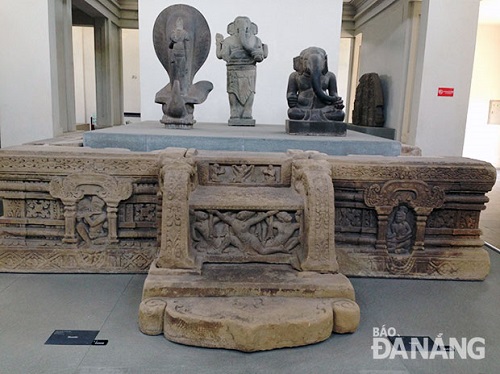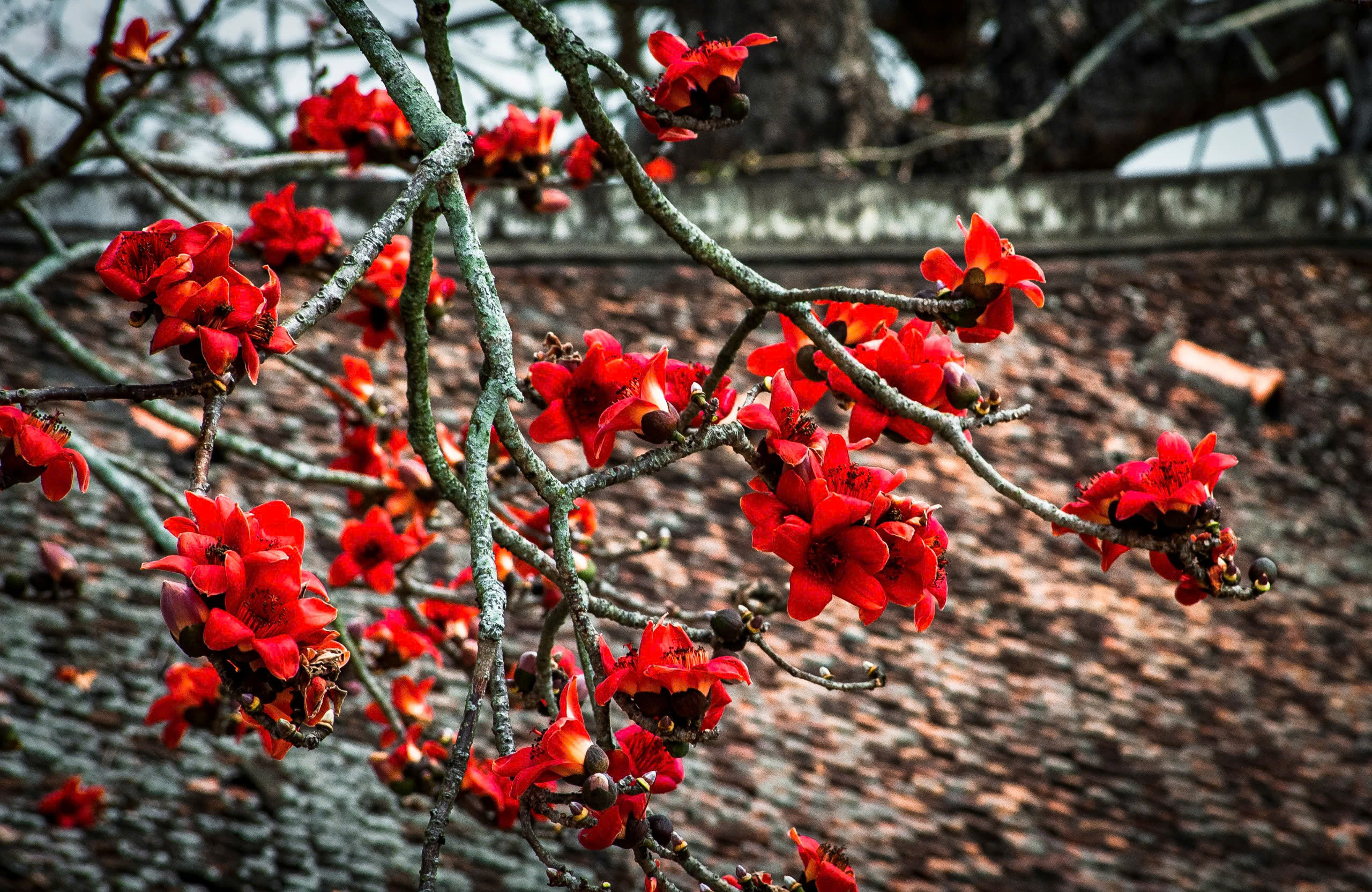My Son E1 Pedestal
The My Son E1 Pedestal, which is now on display in the My Son Gallery at Da Nang’s Museum of Cham Sculpture, is a typical pedestal artifact found at Quang Nam Province’s My Son Sanctuary. It is important evidence for research into the culture, beliefs, sculpture and architecture of the Champa Kingdom, as well as for comparisons with those of other kingdoms in Southeast Asia during the same period.
The artifact is the only Champa pedestal depicting the detailed daily lives of Hindu monks, natural scenery, and animals. It has, therefore, played an important role in research into the spiritual and social lives of the Champa people.
 |
| The My Son E1 Pedestal |
Most notably, the sculptural art on the pedestal is called My Son E1 style which has helped to localise foreign cultural influences. The large pedestal is a typical artifact from the 1st phase of the construction of the Champa towers.
According to heritage documents recognised as national precious exhibits, the sandstone pedestal given the ID No 22.4 dates back to between the 7th and 8th centuries. The 65cm-height, 353cm-long and 271cm-wide pedestal comprises 16 blocks but 2 more have been lost. It was discovered and excavated in the ruins of the E1 tower at the My Son Sanctuary in 1903 by French archaeologists. In 1918, it was put on display at the city’s Museum of Cham Sculpture.
The pedestal was assembled with panels of stone formed into a square base which probably supported a linga. What is displayed in the museum now is 13 panels with fine carvings showing various activities of ascetics, musicians, dancers and their devotees.
Thanks to its unique values, the My Son E1 Pedestal is an invaluable exhibit that proves the 100-year history of the city’s Museum of Cham Sculpture.




